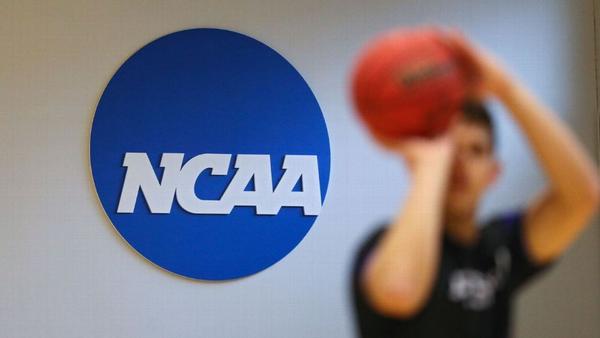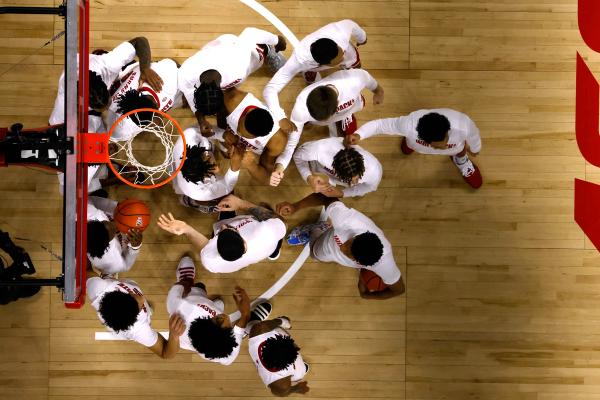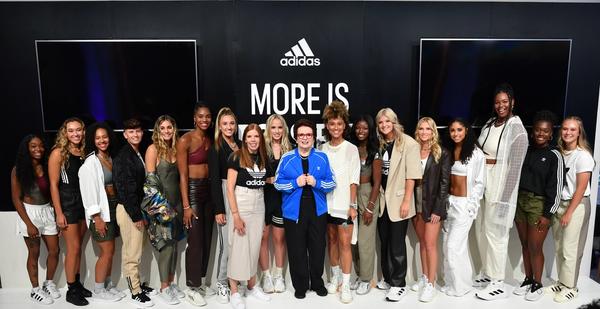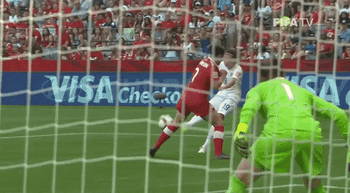
✏️ The terms of the deals
How did NIL begin? On July 1, 2021, the Supreme Court blew this sh!t wide open when, over strident objections, it killed the NCAA’s rules prohibiting college athletes from earning money off their personal name, image, and likeness (NIL). For the first time, athletes could be compensated for endorsements, branded social media posts, and similar activities.
What’s an NIL marketplace? When student-athletes want to make some cold, hard cash, one option is to enter a marketplace — an online platform where they can connect with businesses and negotiate deals. Think Hinge, but for sponsorships. There are many marketplaces, but big ones include Opendorse, NOCAP Sports, and Icon Source.
What are NIL collectives? These are groups connected to, but not officially part of, college athletic departments. They funnel money from boosters, businesses, and fans to an institution’s athletes via NIL deals. For example, LSU boosters can contribute to the Bayou Traditions Collective, which could then hypothetically pay the aforementioned Dunne to appear at its events.
- Collectives have become some of the most powerful orgs in college sports, heavily impacting football and men’s basketball recruiting. Those associated with Power Four schools now have average operating budgets of $13.9M — a 50% increase from last year. Sheesh.
How has NIL changed since 2021? In the past year, there’s been one especially massive shift: Schools can now assist athletes in landing NIL deals, something that was a big no-no before this spring. And there’s more change on deck if the House v. NCAA settlement is approved, allowing revenue-sharing to enter the scene — but we’ll dig into that later this week.
📊 The data

By all measures, NIL growth shows no signs of stopping. Athletes earned $1.17B in the last year, up from $917M in the era’s first year, and next year is already projected to reach $1.67B. The kids are more than alright.
- The vast majority of NIL money goes to football players, but the top earners are the cream of the men’s basketball crop: The 25 highest-paid ballers averaged close to $350K each last year, compared to almost $300K for top football players and $89K for women’s hoopers.
A whopping 81.6% of NIL activity comes from collectives. Unsurprisingly, the bulk of collectives’ 2023–24 spending (72.2%) went to football players, followed by 21.2% to men’s basketball players. Women receive very little collective money, instead racking up “commercial” deals directly with traditional businesses.
But those brand deals can be incredibly lucrative — everyone from blue-chip companies like Nike and Gatorade to your local pizza spot is getting in the game. Large corporations are spending more and more on college athletes these days: 81% of commercial NIL deals came from national brands in 2023–24, up from 40% the year before.
- Apparel brands are particularly active on the NIL scene, but athletes are also shaking hands with tons of tech, retail, food & beverage, and consumer products companies. The biz who inked the most NIL deals last year? Hey Dude Shoes, which brokered 78. Cozy.
💃 The gals

With the women’s sports viewership boom, it’s no surprise that NIL deals are also increasing for the college girlies. Women are unsurprisingly bagging more bank than ever before — because b!tches get stuff done.
Since they ridiculously don’t receive nearly as much support from collectives, women are hustling more than men when it comes to brand partnerships: The gals average 3.5 brand deals per athlete compared to the guys’ 2.5. And last year’s top five fastest-growing athletes, in terms of deals made? All women.
- SMU women’s volleyball grad Alex Glover outhustled ’em all, sealing a whopping 41 NIL deals — 15 more than LSU women’s basketball alum Angel Reese and UCLA quarterback Chase Griffin, who tied for second place. Cha-ching.
Basketball is the top sport in the women’s NIL space. The game’s massive growth has deservedly garnered it significant brand support: This year — for the first time — women’s basketball players earned a greater share (10.2%) of all commercial NIL money than men’s hoopers (8.6%).
- Basketball’s top 25 bagged more than in any other women’s sport, with average earnings of $89K each last year — an 85% increase year-over-year. Yes, much of that is due to Caitlin Clark and Angel Reese…but other top names are making bank, too.
- But by far the fastest-growing sport is women’s volleyball, which more than doubled its deals-per-athlete stats last year. This is partially thanks to the overachieving Glover, but also because of the sport’s increasing popularity.
On top of all that, the gals own the NIL social media game. For years, women college athletes have absolutely crushed it in branded social media engagement. Leading the pack is the aforementioned Dunne, who earns up to $500K for a single social media post and boasts an NIL valuation that’s second only to Colorado football star Shedeur Sanders. Flip yeah.
Enjoying this article? Want more?

Sign up for The GIST and receive the latest sports news straight to your inbox three times a week.

